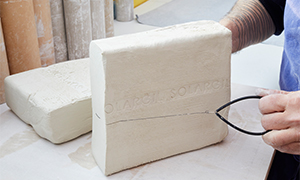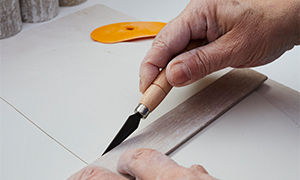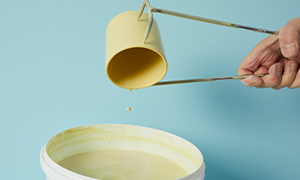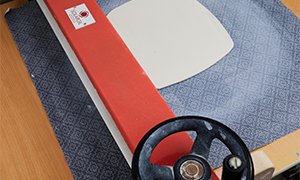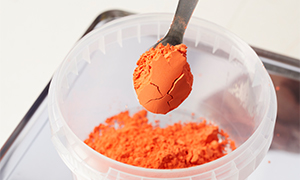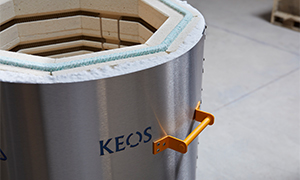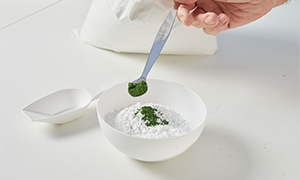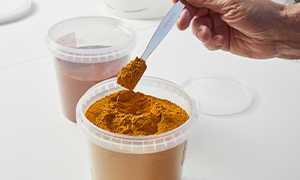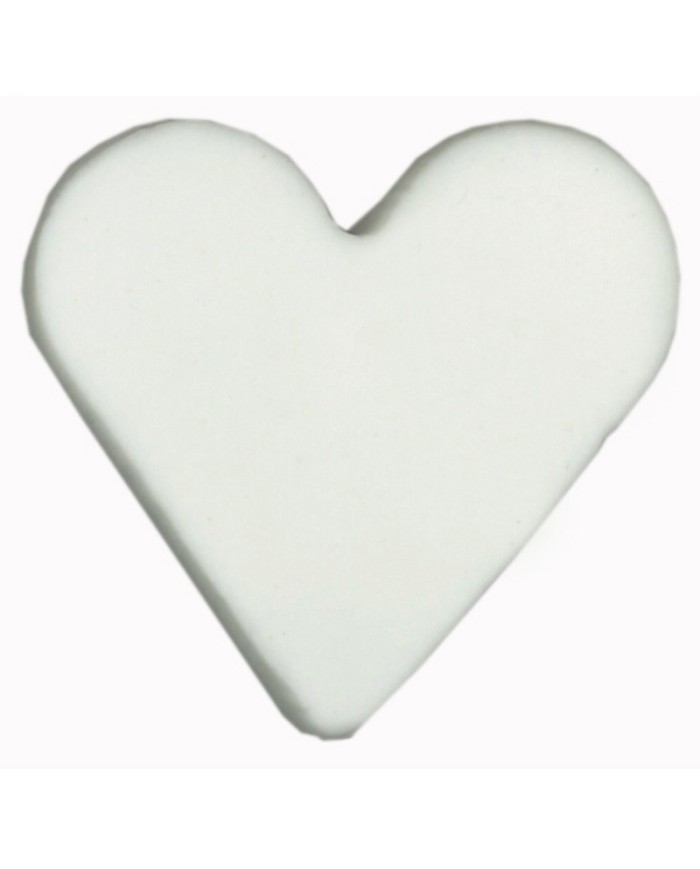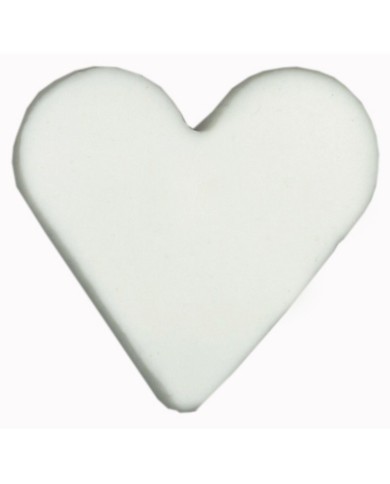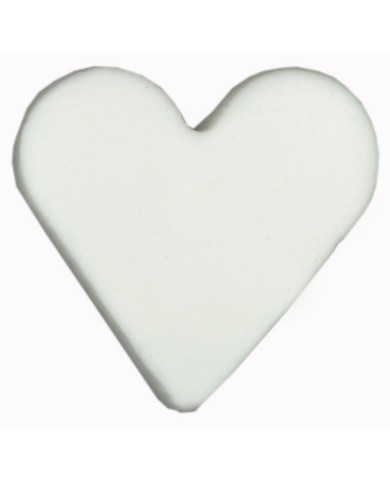GRÈS BLANC-CRÈME CH 0-1 PAPER CLAYS - FLAXEN01 - 5 KG
Stoneware beige grog 30% 0-1 mm - FLAXEN01
Beige stoneware clay with 3-4% cellulose fiber and 30% chamotte 0-1 mm.
With our range Clay-Flaxen, we can work at the opposite of all classical principles of ceramic uses :
We can for example realise some very high pieces, either add a wet piece on a support already dry or fire without waiting for the complete drying of the object.
While the firing, cellulose burns between 200 and 500°C, removing an high smell of burned paper.
FLAX 0-1 or White-beige cellulosique stoneware groggred 0-1 mm is a beige stoneware with 3% to 4% of fibre/cellulose and with 30% groggred 0-1 mm
T° Firing / 980-1280°C (1796-2336°F)
Technical characteristics /
Shrinkage at 1280°C / (2336°F) 4%
Firing advices /
50°C (122°F) / hour until 572°F
75°C (167°F) / hour until 2336°F
A buff stoneware containing a fine to medium molochite grog, suitable for medium handbuilt work.
Contains finely chopped fibres of flax and Cellulose, which added to our own clay recipe produces very forgiving clay bodies that offers today’s potter the widest possible range of making options.
FLAXen paper CLAY gives the clay strength and flexibility while remaining lightweight.
The clay has virtually no mould growth unlike all other paper clay bodies and will accept a range of firing types, Raku, Oxidation, Reduction, Salt and Soda.
The fibres create strong but flexible internal structure in the clay and creates a ‘capillary system’ that transfers moisture easily and evenly throughout the clay.
Greenware re-wets easily and allows the potter to re-work alter and add new clay at any stage of dryness.
It is possible with FLAXpaperCLAY body to build an armature and allow it to dry as a support sculpture that need not be removed for firing.
Greenware even bone dry is unbelievably strong and easy to handle and transport if necessary.
It allows the potter to be more of an artist and less of a technician.
PLEASE NOTE: Paperclays contain cellulose fibre (small clumps of fibre can be visible due to processing), which may contain traces of carbon that are produced during the production of the fibre which may result in the occasional speck in the clay.

